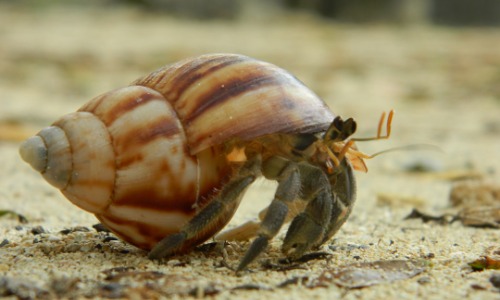New Zealand governed Samoa from 1919 to 1962, but initially struggled to understand and rule the country effectively. Samoa had a self-governing system in which chiefs in each village held important roles and responsibilities. However, the New Zealand government forbade Samoans from fulfilling these roles and transferred power from the matai, or village chiefs, to the New Zealand government. The New Zealand government even had the power to revoke the title of matai, which was deeply hurtful to Samoans as titles were associated with honor and dignity.
Additionally, the New Zealand government forbade New Zealanders and Samoans from associating or marrying, causing further resentment among the people. This led to growing antipathy towards New Zealand among the Samoans.
In response, a group called MAU was formed under the leadership of Tupua Tamales Lealofi III to represent the views of the Samoans. The members of MAU organized a peaceful protest movement based on non-violence and disobedience. They encouraged Samoans to ignore New Zealand officials and to boycott New Zealand-built schools and refuse to pay taxes since the New Zealand officials did not do so themselves.
